Sunset Painting. A Simple Strategy To Uncover The Nuance Behind The Romance.
Learn which colours to add to your sunset painting. Discover where to put them to make your canvas sing.
Sunset painting and painting at sunset! The time you have to document colours at sunset is limited. You have to get throw some colour down fast - so that you have a basic record of the colours, paying particular note of the important ones.
Digital photography now makes the process of saving information a lot easier, so as well as your rough colour record, take some photographs and go back to the studio, away from the mozzies. (And close to the bar fridge!)
Ahhhh....Time to paint.
The approach for me is as usual....get colour down fast. This will give you something to start with. Having said that, it doesn’t mean that you just hurl any colour down anywhere. Have an educated first attempt. With pretty much any sunset or sunset painting that I can think of, follow a simple rule:
Colours are generally:
Warmer - closer to the light source
Cooler - further away from the light source
When painting clouds at sunset, a handy trick is to look at the highlights on the cloud furthest from the light source. At some point closer to the light source, that highlight colour will become the shadow colour of a cloud. The highlight on that particular cloud, may also be the shaded colour of another cloud even closer to the light source. A strategy that I use to understand the colour process when painting sunsets, is this:
Imagine you have the colours of a sunset laid out on your palette. For example, blues transitioning into purples, reds, yellows, and ultimately possibly white.
Imagine those colours painted in a smooth gradation on your canvas. We are following the rule of cool to warm. The clouds at this time of day will also follow that same rule. (As will trees, mountains, grass etc etc).
Think of it like this:
Perhaps the furthest clouds may contain a bluey-grey colour. The next cloud closer to the light, will almost invariably have less blue, and tend more towards a reddy colour. Clouds closer again will contain probably none of the blue, and tend more towards oranges and yellows.
The highlights on those clouds will do exactly the same thing. That is, if the highlights start at a red colour furthest away, the highlights will transition in the same way that the shadows do.
Always remember when you’re introducing clouds into your sunset painting, consider that different types of clouds will occur at different heights, and therefore will reflect different light. The warm to cool rule still applies. Even if there are multiple layers of clouds.
As noted before, pay particular attention to the way colour is altered as it gets closer to the light source in the late afternoon. Get this wrong, and even the most beautiful skyscape will appear very ordinary. Cool to warm.
The truth is, despite all the formulas, sunset painting is still a challenging experience. Get it right, and all the stars line up, dolphins leap from the water, and the lotto man knocks on your front door. Get it wrong, and you’ll spend hours weeping under your desk (or mumbling incoherently at the neighbours).
Put all this wonderful theory into practise with our newest downloadable step-by-step tutorial, Tropical Sunset!
Download it now from the Explore Store for only AUD$25. Whaaat?? Bargain!!! Get on it people!

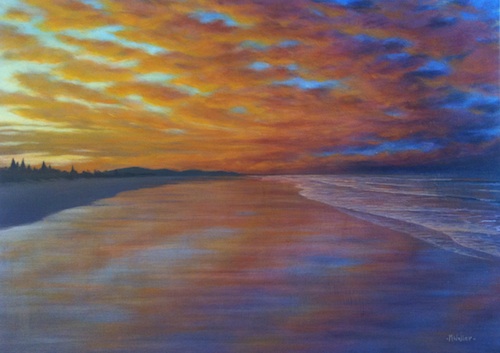
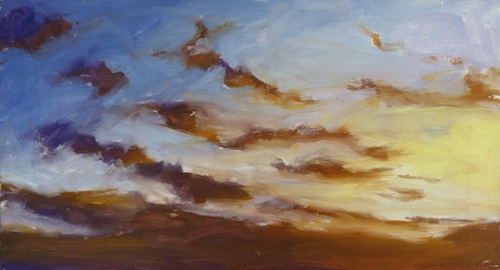
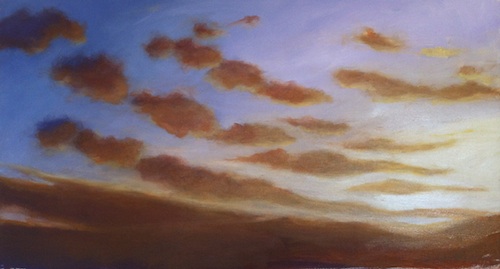
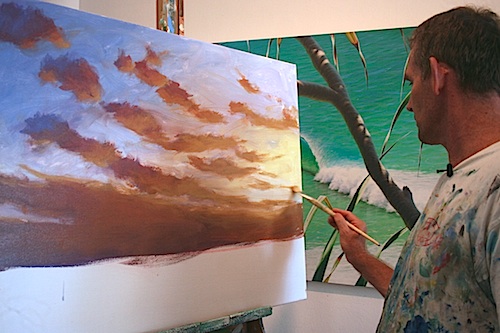
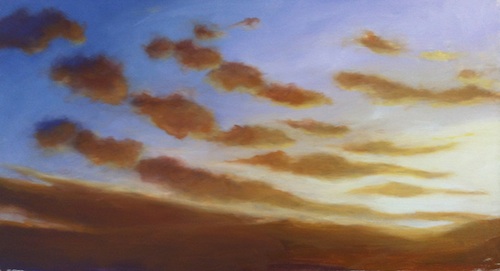
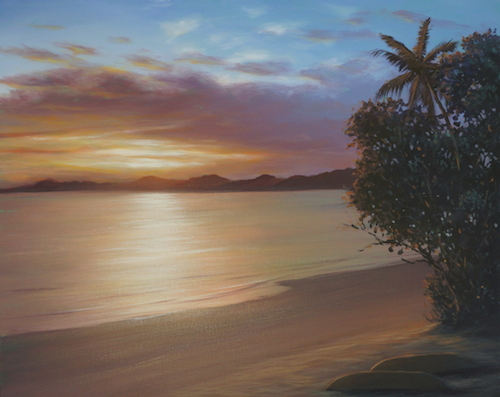
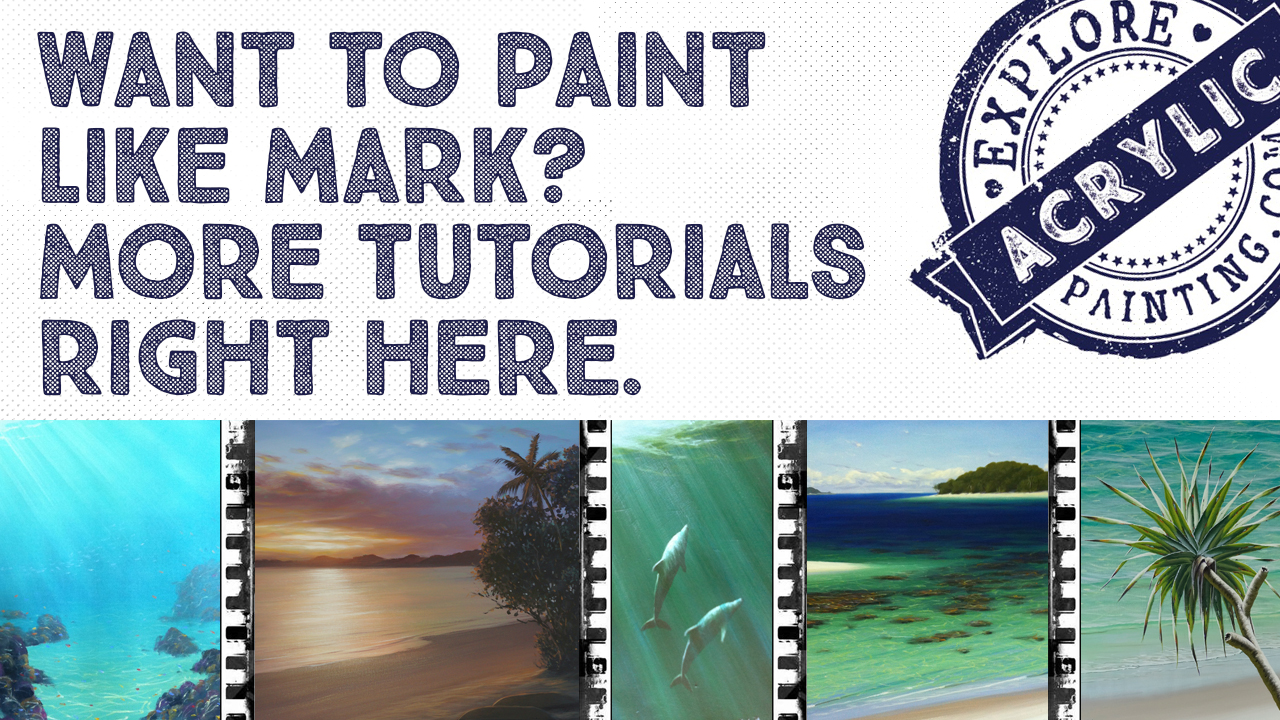
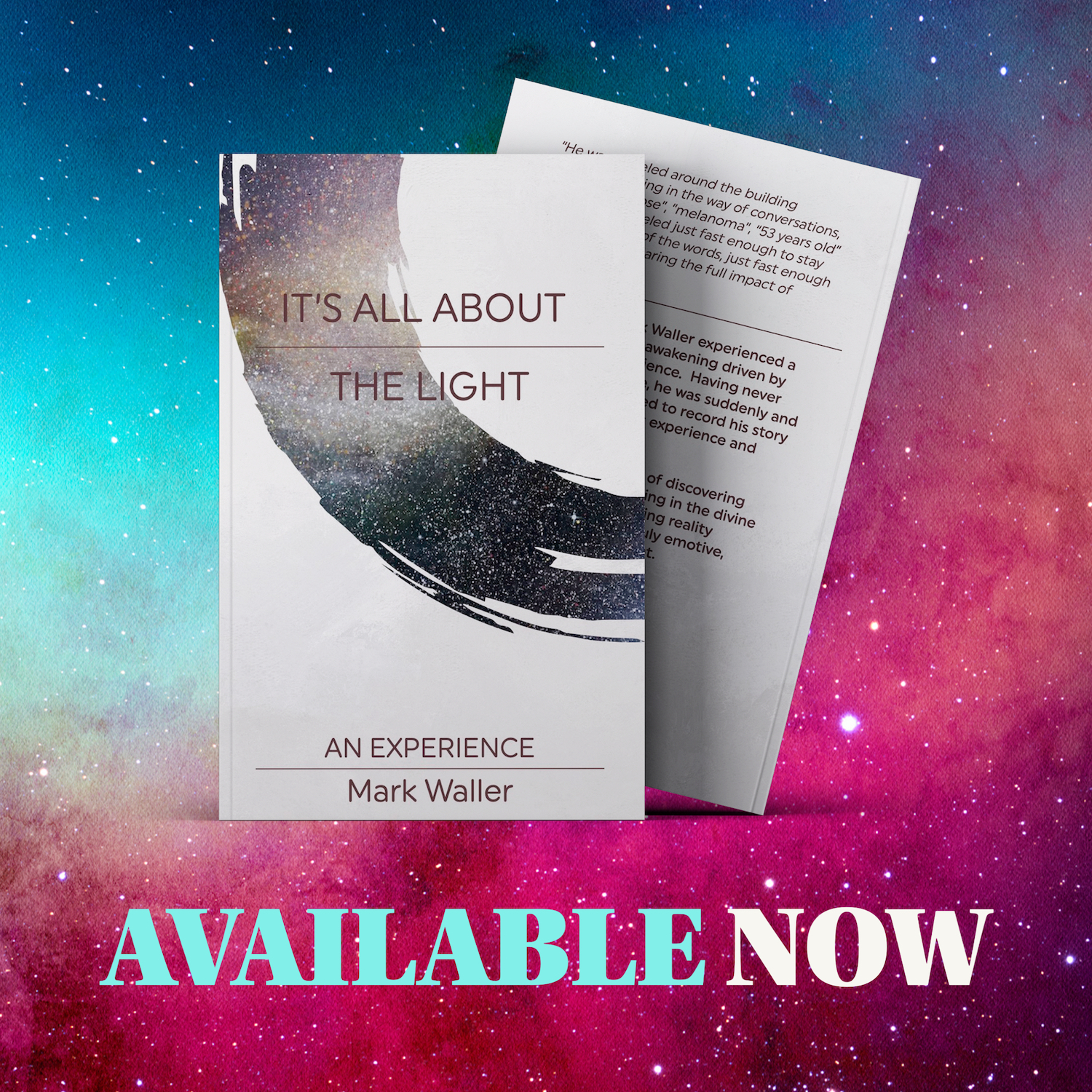

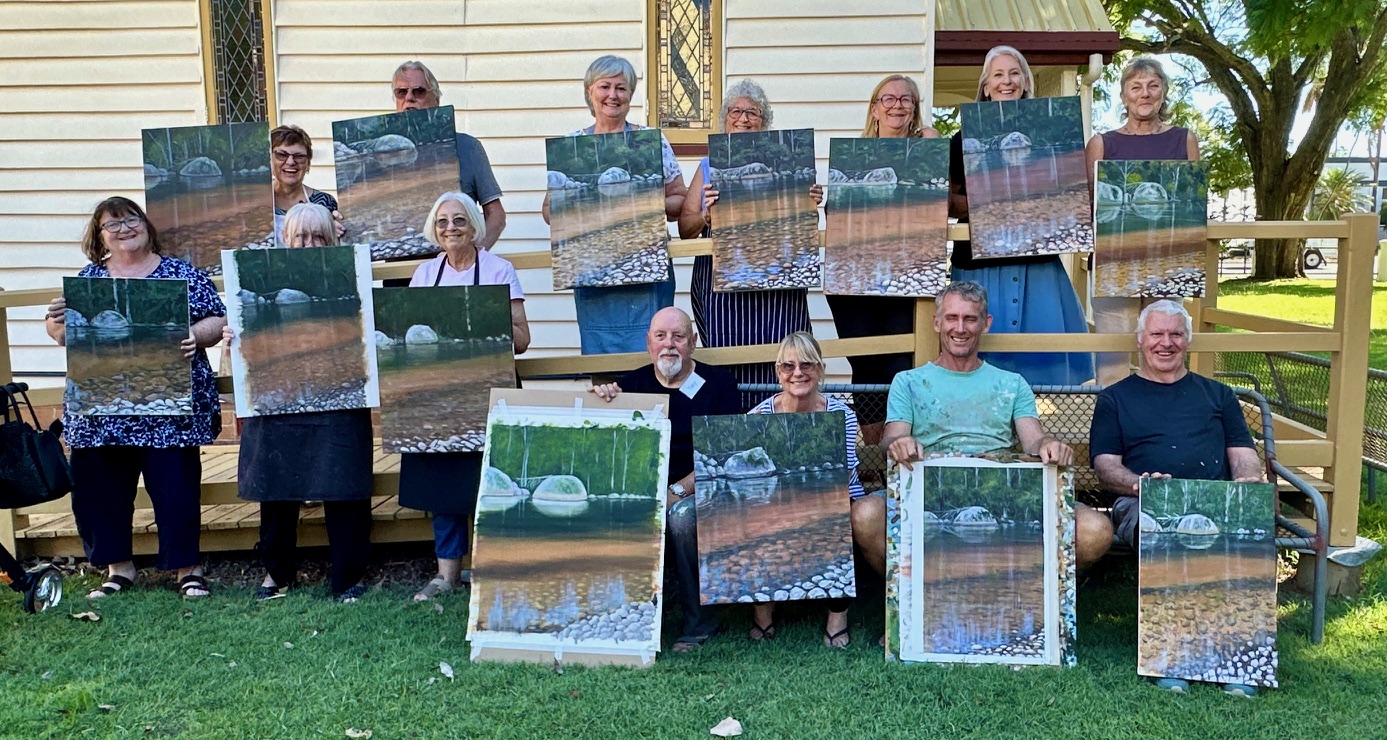












New! Comments
Have your say about what you just read! Leave me a comment in the box below.